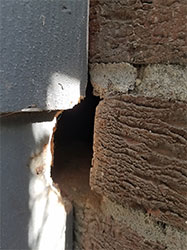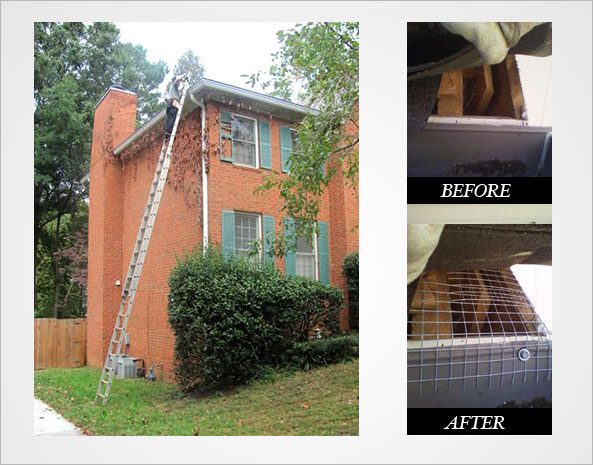Rodent Removal
We Have Over 30 Years Experience. Contact Us Today!
Request a Callback
We’ll Remove Your Unwanted Rodents And Keep Them Out
RODENT PROOFING
We’ll be happy to give you an on-site inspection and written work plan. Getting rid of existing pests is only half the problem. You want to be sure they and their buddies won’t be coming back!

Let’s discuss how we execute Rodent Proofing. We begin the inspection from the exterior to the interior, focusing on areas that may provide water, food, or harborage: garages, carports, attics, crawl spaces, cupboards, closets and food storage areas. Entry points are important! We inspect windows, door thresholds, utility lines, rooftops and downspouts. Rodents have oily hair, leaving smudge marks where they consistently travel. Droppings, urine trails and gnawing marks all are signs of rodent activity.
 Common attics, basements, or raised foundations in condominiums and apartments are a frequent source of rodent infestation. Another source of entry to residences, and a source of harborage for rodents, are fireplaces, especially pre-constructed zero clearance sheet metal units that eliminate the need for concrete mortar and brick. A hollow space is left in the siding and the fireplace support framing between the outside wall and the fireplace. Rodents can enter these areas from the outside via the roof joints, between the siding and decorative wood trim, around gas pipes, or outside wood storage doors.
Common attics, basements, or raised foundations in condominiums and apartments are a frequent source of rodent infestation. Another source of entry to residences, and a source of harborage for rodents, are fireplaces, especially pre-constructed zero clearance sheet metal units that eliminate the need for concrete mortar and brick. A hollow space is left in the siding and the fireplace support framing between the outside wall and the fireplace. Rodents can enter these areas from the outside via the roof joints, between the siding and decorative wood trim, around gas pipes, or outside wood storage doors.
Shake shingle roofs allow rodent entry if the roof is not solidly sheeted with plywood or similar material and the shingles are not properly fitted. Vents without tightly fitted double roof jacks also facilitate access to rodents. Gaps or flaws in foundations and slabs, or where the wall framing meets the foundation or slab floor may provide large enough openings for rodent entry.
Older buildings commonly have cracked foundations, cracked plaster or mortar, warped siding, or broken and torn vent screens. Wood or mason siding is especially vulnerable to warping and cracking near corners and around the base of the building.
Roof-Soffit Intersection
If left unscreened, an animal from the outside can easily manipulate them in order to establish a den site inside the attic space.
Roof and Fascia Spaces
If not properly constructed, or due to deterioration, they offer an opportunity for wildlife to chew on the free edge of the wood and gain entry into the attic.
Exclusion Methods
By gnawing , rodents can gain entry through any opening greater than 1/4” (0.6 cm). The paired front (incisor) teeth of rats curve slightly inward. This inward curve makes it difficult for them to gnaw into a flat, hard surface. When given a rough surface or an edge to bite into, however, they can quickly gnaw into most materials. To prevent rodent entry, we seal these types of holes with durable materials.

Trapper John specializes in Animal Exclusion Repairs. Our fully trained technicians will not only professionally repair the damage done to your home or business, they will “animal invasion proof” your building by systematically blocking re-entry from the roof to the basement. Not just cosmetic or functional repairs, Animal Exclusion Repair is a completely different specialty and Trapper John is the leader.
